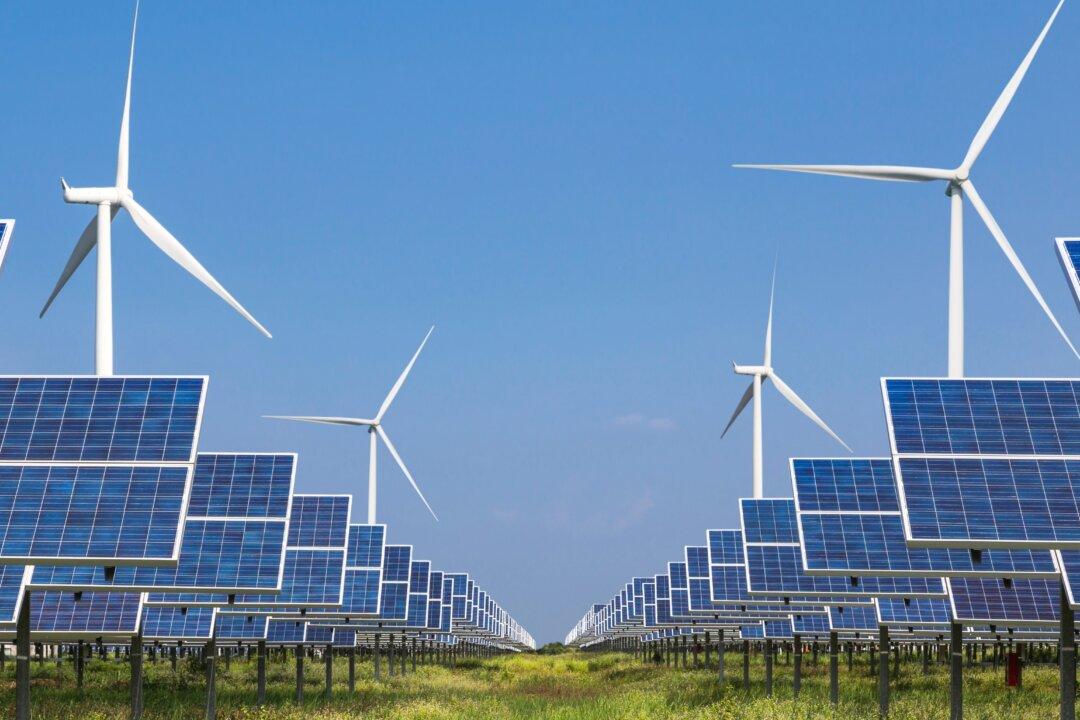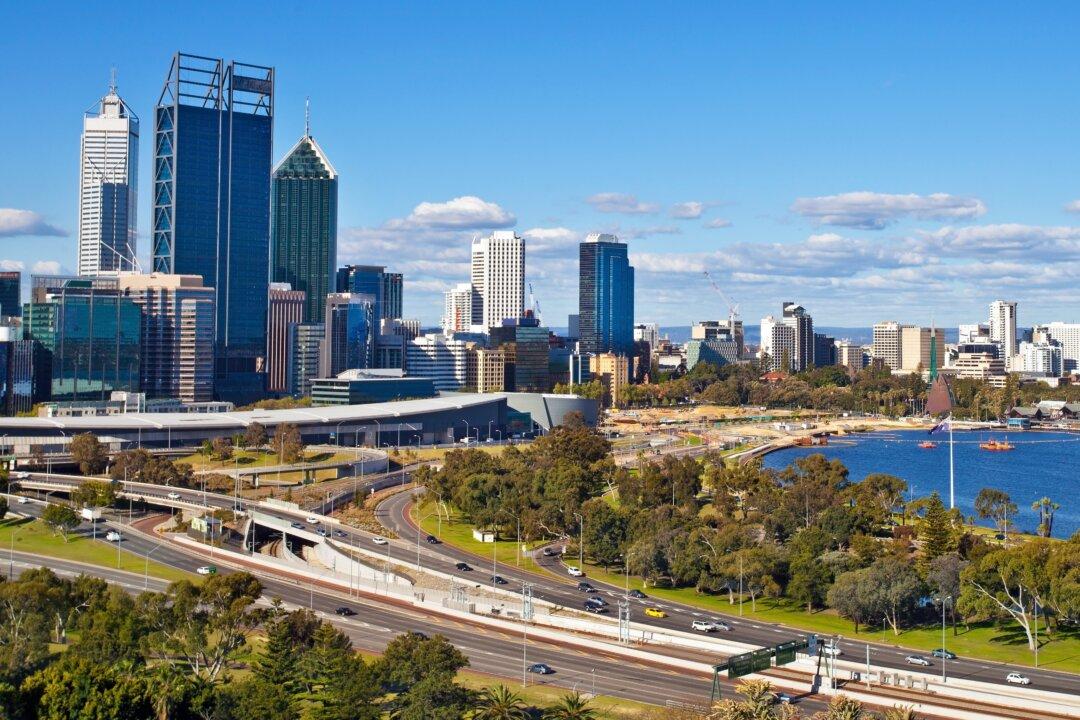The New South Wales (NSW) government has officially declared the nation’s second renewable energy hub as the Australian state plans to gradually phase out its fleet of coal-fired power stations.
The hub will be located in New England in the state’s north-east, with the NSW government banking on $10.7 billion from the private sector to fund the project, of which $78.9 million will come from state government coffers.





